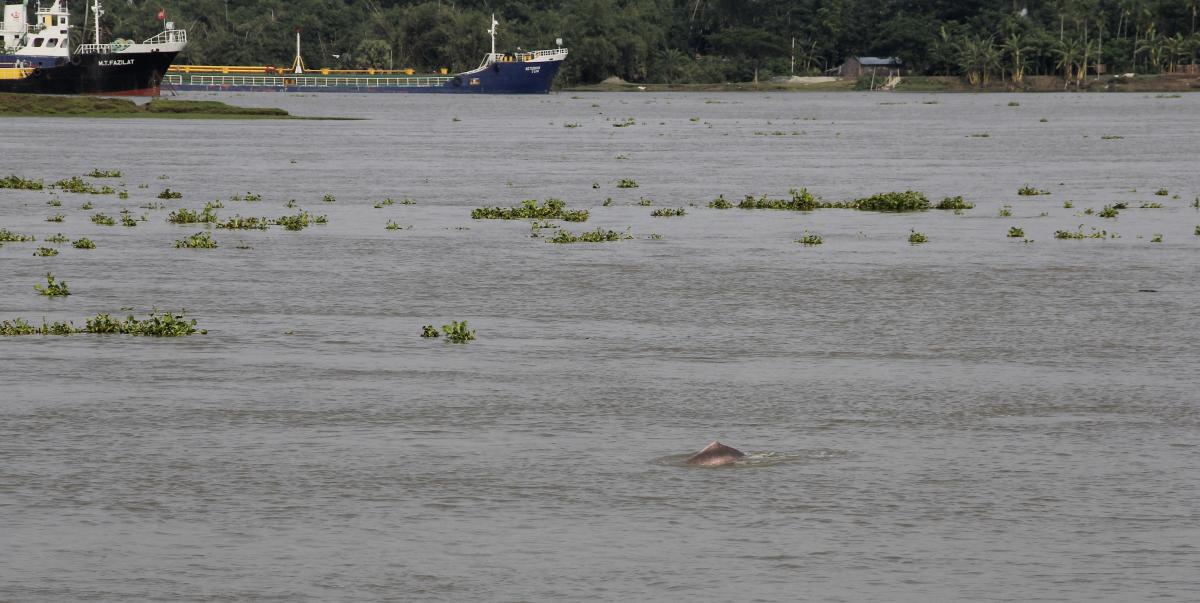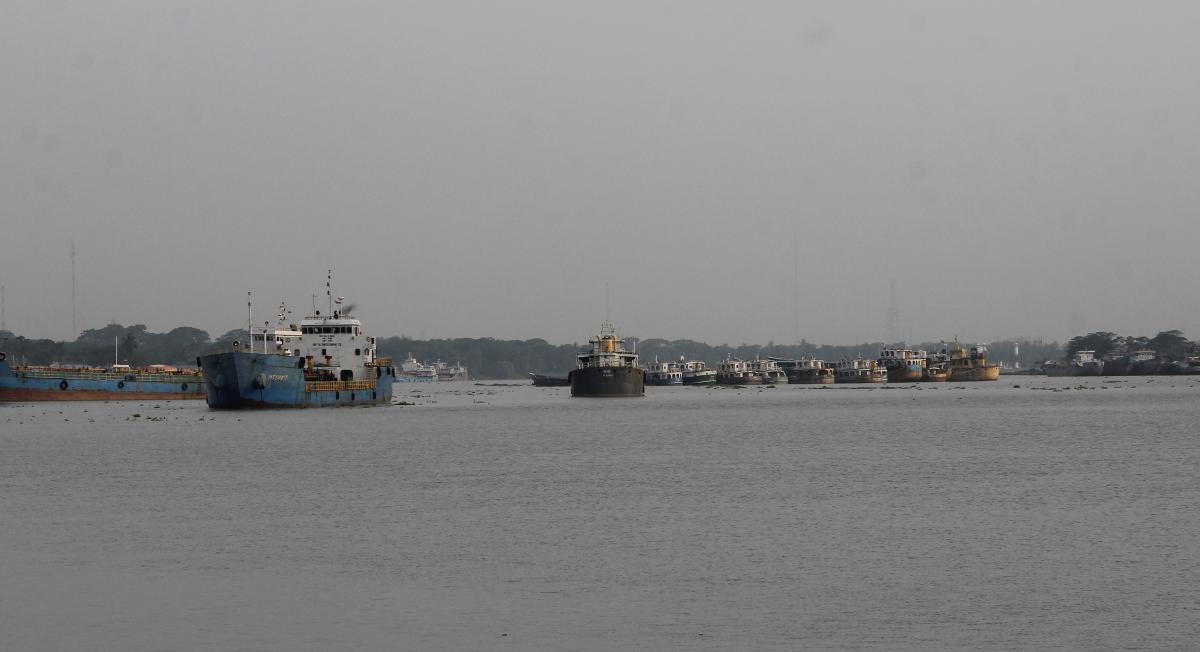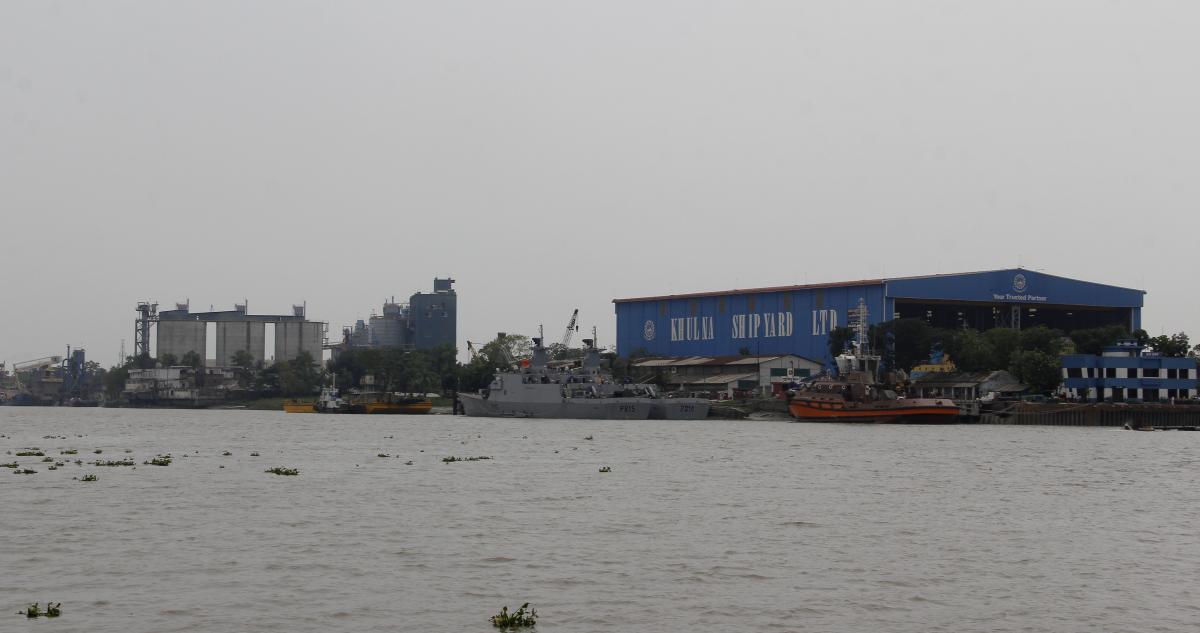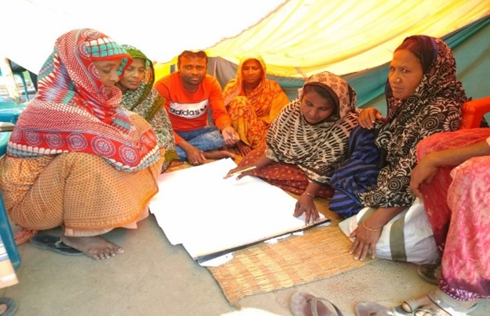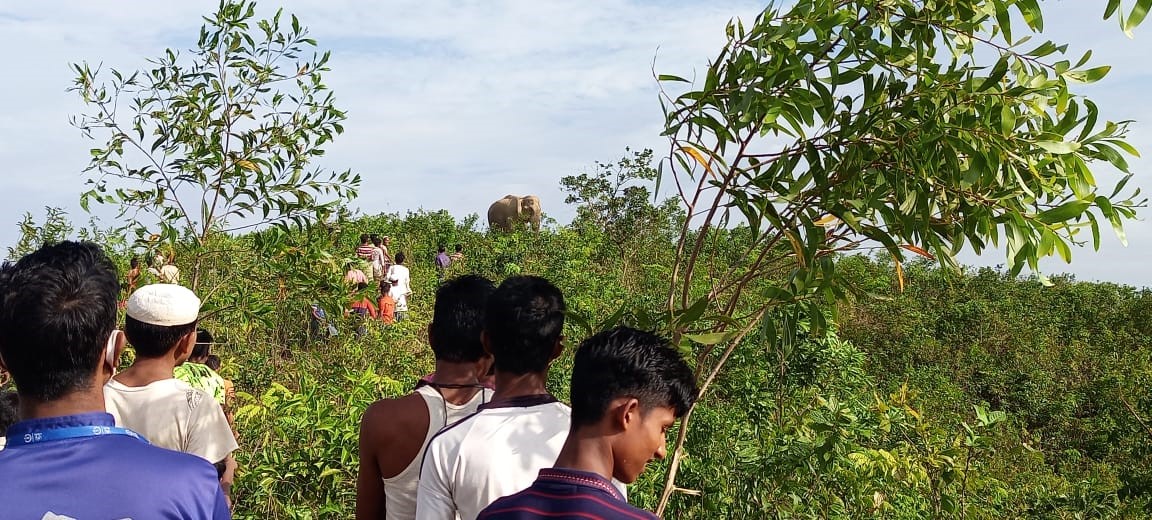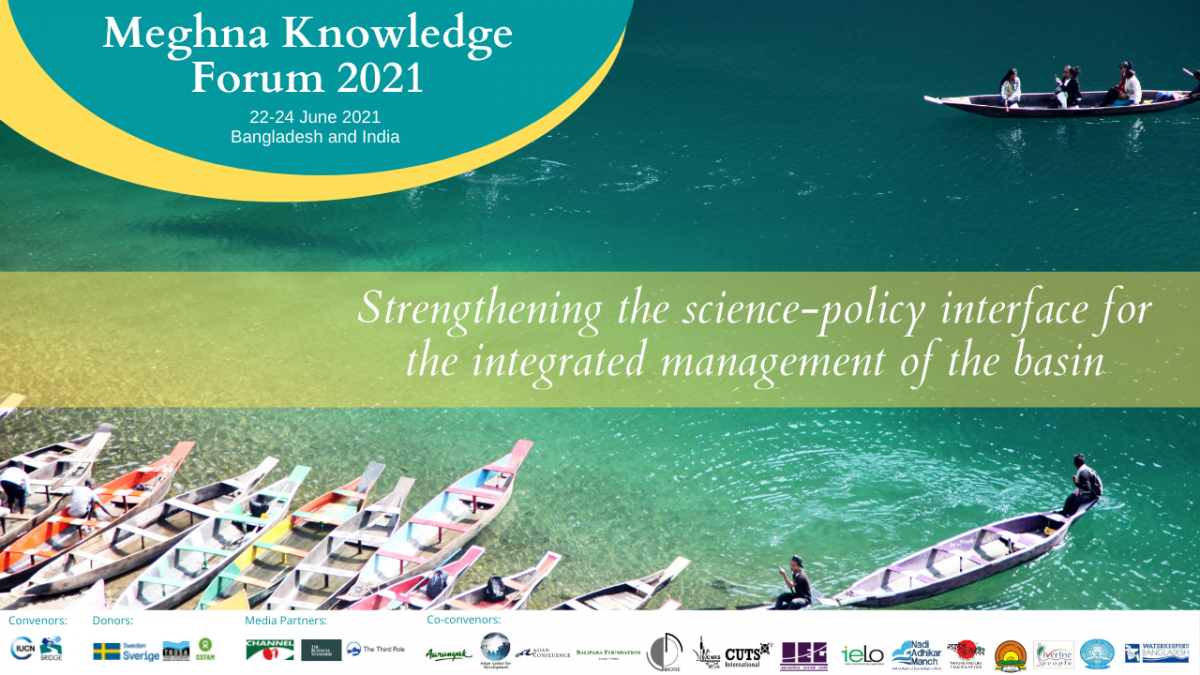Engaging energy companies in biodiversity protection: A case from Bangladesh
North-West Power Generation Company Limited (NWPGCL) and the Asian Development Bank (ADB) have come together to work with IUCN on an environmental impact assessment (EIA) for a proposed power plant project at the confluence of the Bhairab-Atai-Rupsha river system at Khulna, in the south-west of Bangladesh.
The proposed 800MW combined-cycle plant is being financed by the ADB to help Bangladesh achieve its goal of providing power to the remaining 20 percent of its population that currently is without.
The preliminary findings of the EIA confirm the presence of globally endangered Ganges River Dolphin (Platanista gangetica gangetica) in the vicinity of the site. This threatened aquatic mammal is now confined to the Ganges-Brahmaputra-Meghna and Karnaphuli-Sangu river systems of South Asia and has recently been declared Vulnerable in Bangladesh by IUCN.
IUCN is currently determining the presence and persistence of Ganges River Dolphins in these rivers through seasonal assessments. The study is also evaluating the food availability of dolphin prey species, such as fish, and other factors, like water quality, flow, and human activities in the rivers, that would directly affect the aquatic life. IUCN will further look into the potential impacts on the dolphins of establishing and running the proposed power plant.
Knowledge gathered from the on-going study will help the NWPGCL and the ADB to adopt mitigation measures that will help ensure there is no net loss of biodiversity from the proposed project, and also create scope for wider conservation interventions in the area around the power plant site by involving the local communities and other stakeholders.
In recent decades, corporate bodies in Bangladesh have been increasingly focusing on social and environmental benefits. The collaboration between an energy company, a financial organisation, and a conservation organisation showcased here is yet another positive step toward environmental protection in Bangladesh.
Article contributed by Kazi Zenifar Azmiri and Haseeb Md Irfanullah of IUCN Bangladesh
